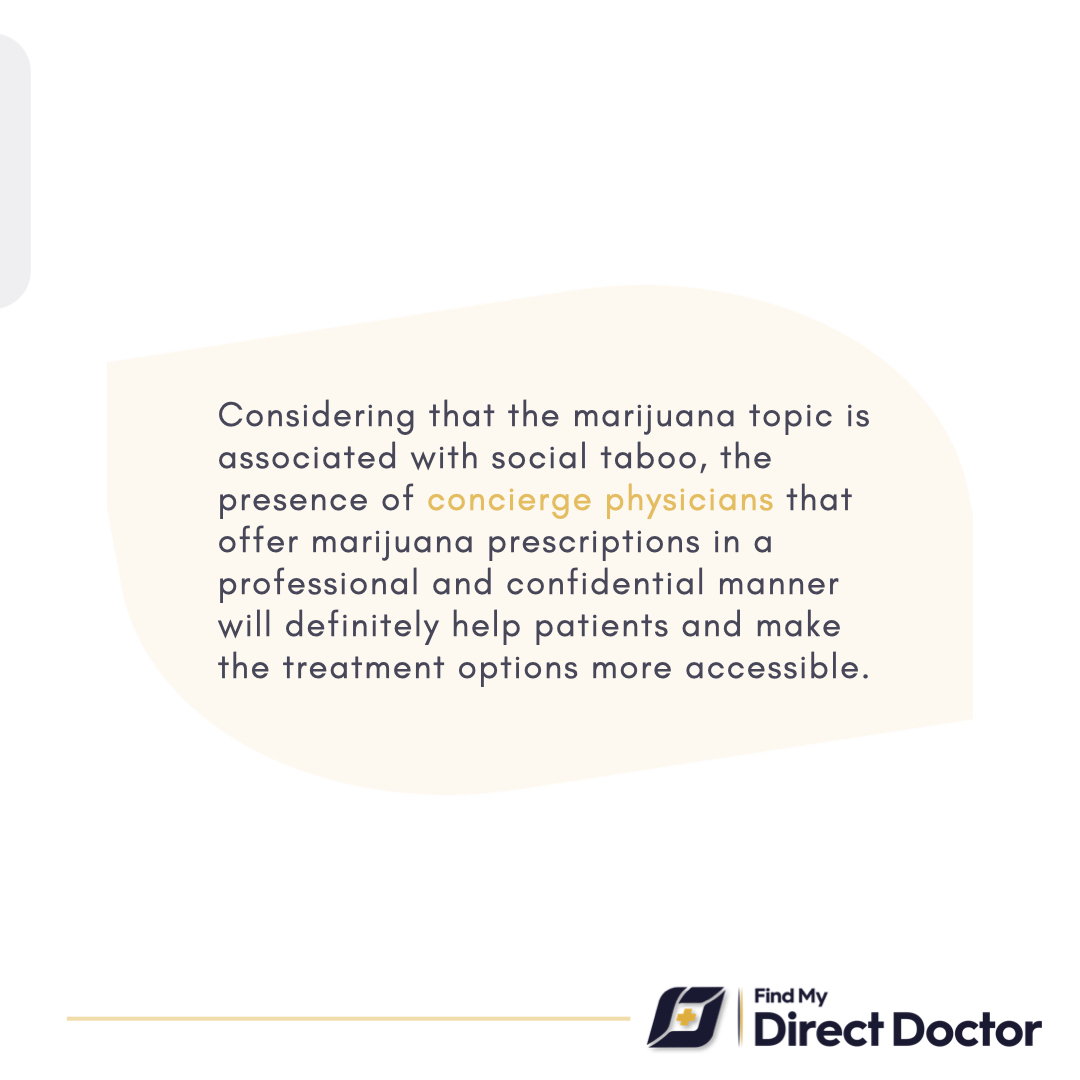



Marijuana, also known as cannabis, is the US's most commonly used federal illegal drug. Cannabis is considered a Schedule I drug by the US federal government. The marijuana plant consists of more than 100 different chemicals, some of which are cannabinoids.
The cannabis plant has two key compounds – THC (tetrahydrocannabinol) and CBD (cannabidiol). THC is responsible for the 'feeling high' aspect of marijuana.
There are two traditionally recognized types of cannabis – Cannabis Sativa (often associated with more energizing effects) and Cannabis Indica (often associated with more relaxing effects), though modern cannabis strains are heavily hybridized and their effects depend more on their specific cannabinoid and terpene profiles than just these classifications. While the US federal law prohibits the use of cannabis, local state laws and regulations may differ.
On a state-level regulation, many states allow the medical use of marijuana to treat several symptoms and conditions. Refer to both federal and local laws for details on this.
The legal grounds for marijuana use are actively evolving and changing rapidly. Although federal law prohibits the use of cannabis, states have various regulations around the use of cannabis. As of early 2025, 38 states, 3 U.S. territories, and the District of Columbia allow the medical use of marijuana. Recreation use of marijuana is permitted in 24 states, 2 U.S. territories, and the District of Columbia.

Medical marijuana is the use of the marijuana plant or chemicals from it to prevent, relieve and treat specific conditions or diseases. Medical marijuana is used to treat patients with certain conditions for which their doctor, in accordance with state law, can provide a recommendation or certification.
Several studies have shown that medical marijuana works as a potential alternative if the main treatment for a certain condition doesn't work or is not an option for the patient. The most common use of medical marijuana is to treat chronic pain, but it is also effective at treating other ailments and conditions.
As mentioned above, many states allow for the medical use of cannabis. Several studies have shown that cannabis could have potential health benefits. The medical use case for marijuana use varies on a state-by-state basis.
Mentioned below are some of the commonly cited qualifying medical conditions (specifics vary by state):
FDA approved the use of a CBD-based drug for treating seizures associated with Lennox-Gastaut syndrome / Dravet syndrome in patients older than two years. Other FDA-approved cannabinoid medications include synthetic THC drugs (dronabinol and nabilone) for nausea/vomiting in chemotherapy and anorexia in AIDS patients.
I have seen many patients with chronic pain, muscle spasms, nausea, anorexia, and other unpleasant symptoms obtain significant often remarkable relief from cannabis medicines, well beyond what had been provided by traditional (usually opiate-based) pain relievers.- David Hadorn, MD, PhD, Medical Consultant for GW Pharmaceuticals, Ltd.
Marijuana use has been associated with adverse effects. Here are some of the medically relevant adverse effects:
Some concierge physicians and DPC providers are registered or authorized in their respective states to recommend or certify marijuana for medical reasons. This could potentially be an extremely valuable service for patients with qualifying conditions.
Considering that the marijuana topic is associated with social taboo, the presence of concierge physicians that offer marijuana recommendations or certifications professionally and confidentially will help patients and make the treatment options more accessible.
If you're looking for a doctor that offers comprehensive and personalized cannabis concierge care, find a physician who provides medical cannabis consultations within a concierge model on FindMyDirectDoctor.com that are qualified to recommend or certify cannabis in accordance with state law.
The most common use of medical marijuana is to treat chronic pain, but it is also effective at treating other ailments and conditions.
Yes, marijuana use has been associated with adverse effects. Chronic cannabis use has been associated with schizophrenia, mood disorder, anxiety disorders etc.
Previous Post
Next Post